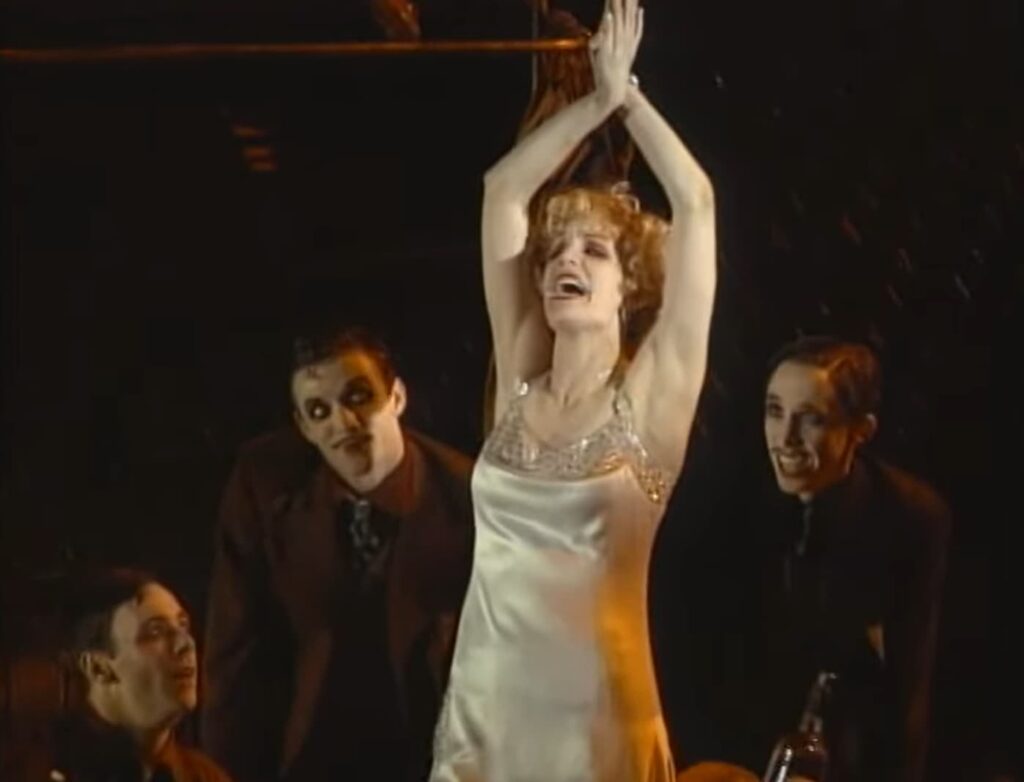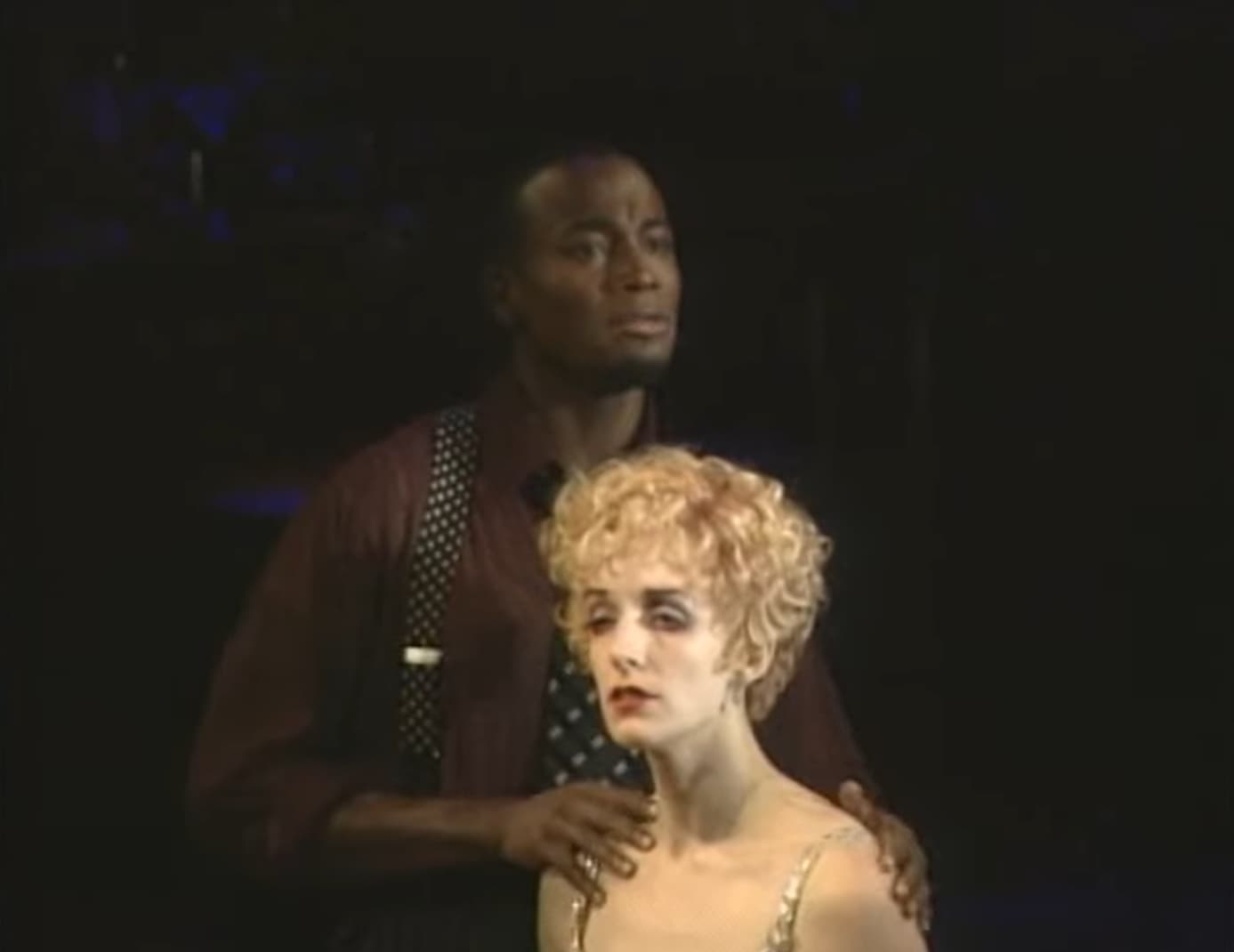An Analysis of “The Wild Party”
A Historical Overview
Originating from the vibrant era of the Roaring Twenties, “The Wild Party” by Andrew Lippa is an intoxicating blend of music, drama, and emotion. Adapted from an expansive poem, this creation made its Chicago debut from July 14 to August 13, 2005. The production unfolded under the astute direction of Stephen M. Genovese at the renowned Stage Left Theatre.
Decoding the Story
This enthralling narrative is set in the heart of Manhattan, unraveling within an apartment inhabited by Queenie, a vaudeville dancer, and Burrs, her clown partner. The story revolves around a tumultuous evening that pushes passion to an uncontrollable fervor.
Andrew Lippa’s award-winning score serves as a compelling backdrop to the narrative, ensuring an energetic and mesmerizing atmosphere. Lippa brilliantly uses vintage sonic elements intertwined with contemporary influences, reminding the audience that no era is immune to moral decadence.
Characters and Their Portrayals

The vibrant cast members breathed life into the characters, ensuring each personality was just as captivating as the last:
- Queenie: Portrayed by the talented Jess Godwin;
- Burrs: Brought to life by Anthony Fett;
- Kate: Played by the versatile Cassandra Liveris;
- Black: Ty Perry added depth to this character.
And many more remarkable characters who collectively made the story a memorable spectacle
The Crew Behind the Extravaganza
A crew of creative professionals left no stone unturned in their pursuit of perfection. The elements of this production were meticulously crafted by:
- Choreographer: Brenda Didier;
- Music Director: A. Scott Williams;
- Assistant Directors: Lili-Anne Brown & Peter Robel;
- Assistant Choreographer: Annie Hackett;
- Stage Manager: Diann Squiers;
- Producer: Thomas J. Samorian.
Influences and Aesthetic Elements
“The Wild Party” assimilates influences from a range of aesthetic disciplines – from the visual grandeur of scenic design by Stephen Genovese & Joel Hoover to the transformative power of Theresa Lipinksi’s costume design. Christine Ferriter’s lighting design intricately woven into the narrative, further amplifying the drama and intensity.
Conclusion
This detailed analysis of “The Wild Party” brings to light the factors contributing to the success of this theater production. From the intricacies of character development to the comprehensive dedication of the crew, the production truly embodies the spirit of the Roaring Twenties. Andrew Lippa’s musical score, intertwined with the narrative, makes the story come alive, driving home the poignant message about universal moral decadence, making the production a timeless masterpiece. “The Wild Party” offers an engaging and thought-provoking theatrical experience, leaving audiences both captivated and enlightened.
